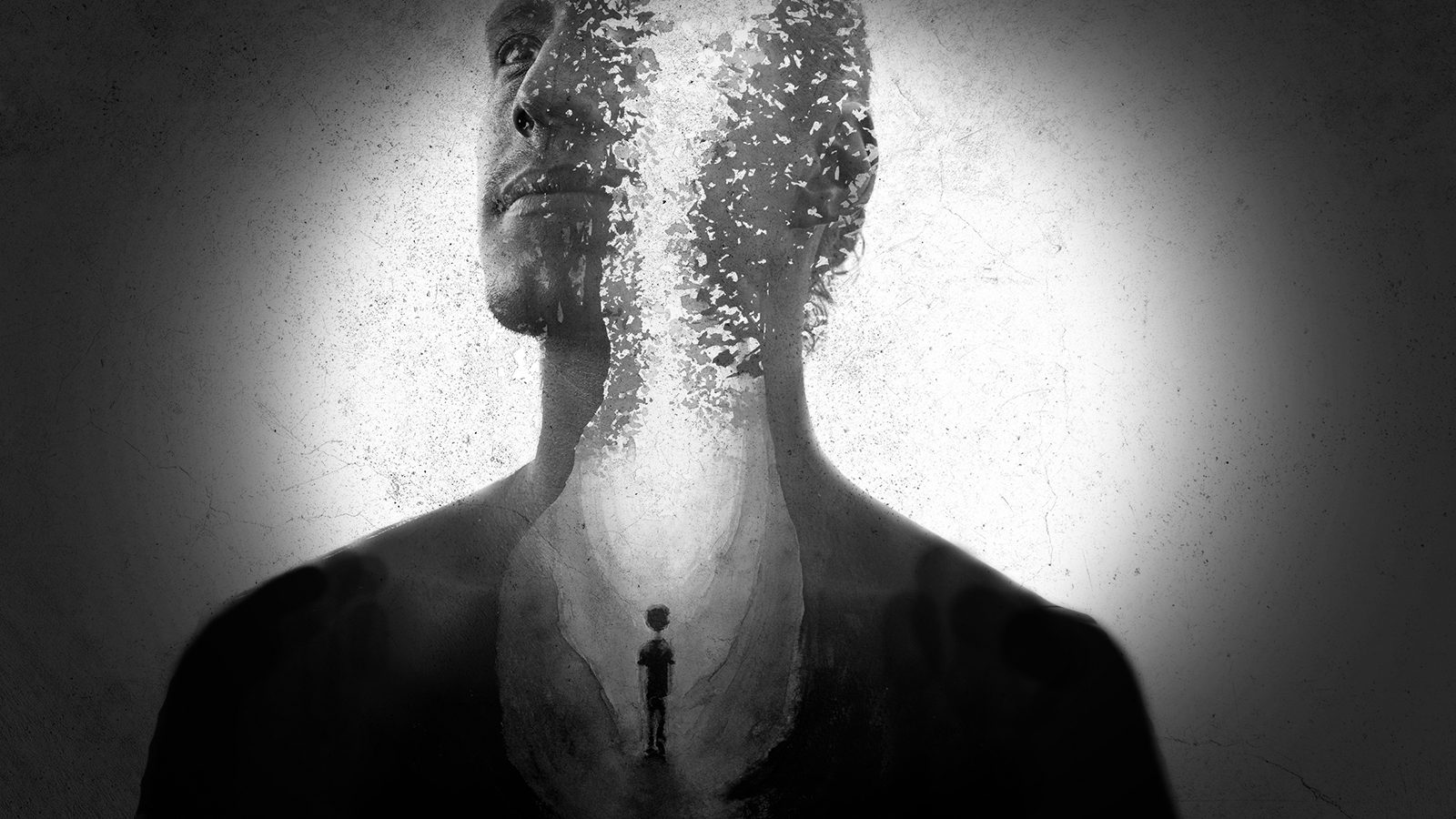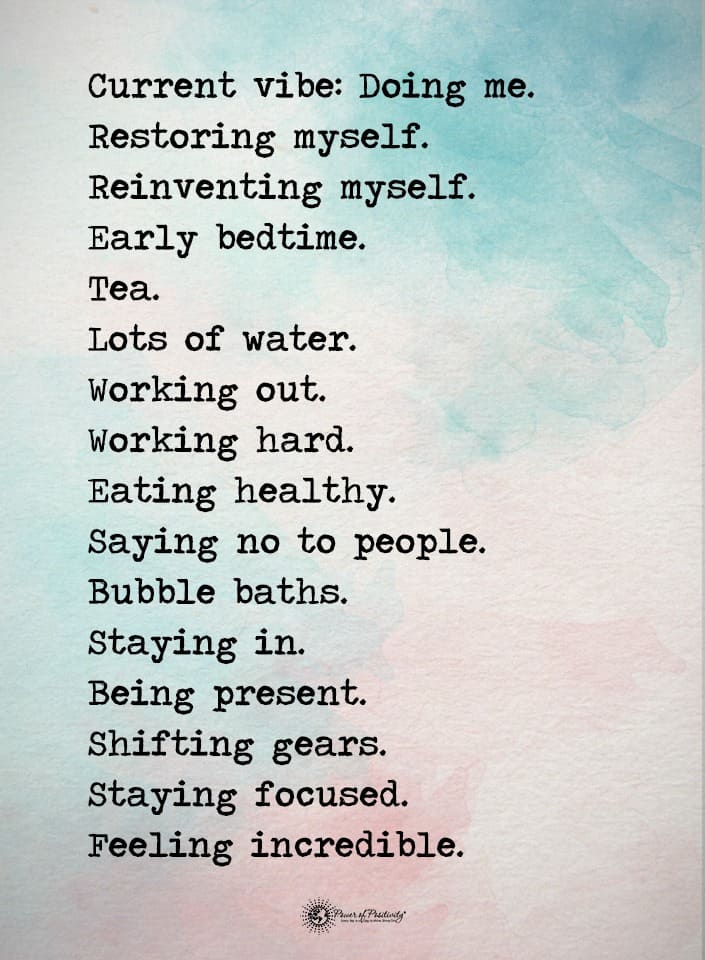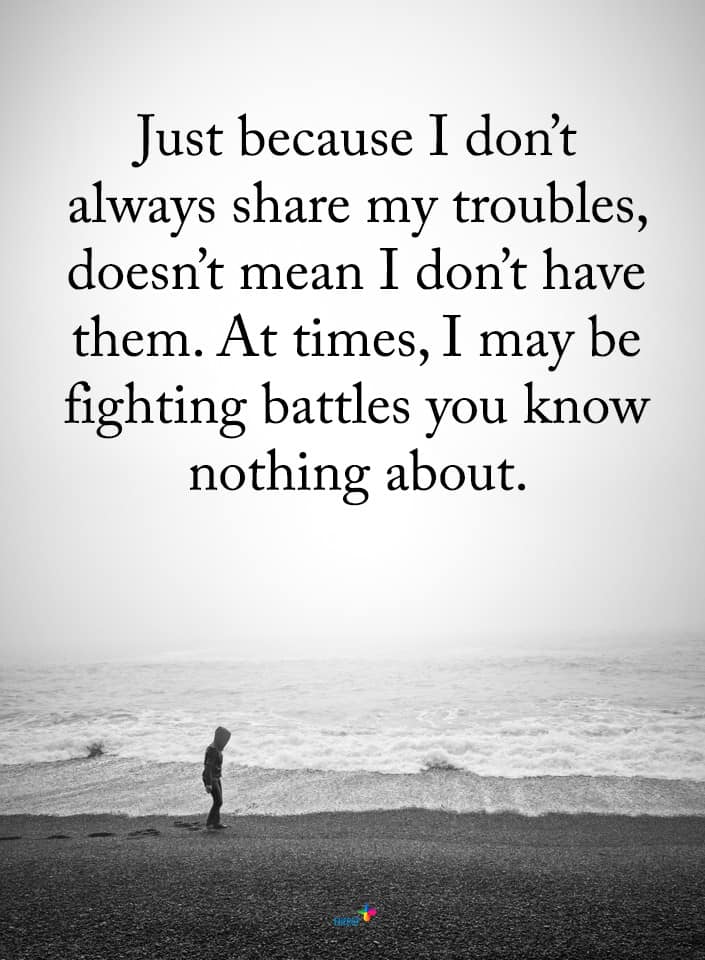If you neglect your inner child, they may occasionally cry out for help or attention. We all have this child within. But the pressures of adulthood and responsibilities suppress it. Every trouble seems further away when we’re truly in tune with this playful energy.
Think about your childhood, when you could create, explore, laugh, and play without abandon. You had no fears, doubts, worries, or sadness about the world yet. You looked in awe with a pure mind and heart at everything this beautiful Earth had to offer. Children don’t know cruelty, hatred, or division, as they’re closer to the source and truth of life.
Adults sadly lose touch with this pure energy as they become brainwashed by society’s rules and ideas. However, we can all reconnect with our souls even in the darkest of times. Anytime you feel lost or empty, your inner child calls out for help.
Many of us reincarnated on Earth to heal from our pasts; by doing this work, we can become our highest selves. If you’ve been longing for the simplicity of childhood, it’s time to let your inner child roam free once again. Below, we’ll describe ways to heal this severed connection to your true self.
5 Ways to Acknowledge and Heal Your Inner Child
1. Have a Conversation With Your Inner Child.
Your inner child wants to feel seen and heard, especially if you’ve ignored it for a while. It often makes its presence known through deeply repressed memories or thoughts in your unconscious mind. Perhaps you have unhealed trauma from your past that you’ve learned to bury deep within.
However, it will always follow you around until you address the issues head-on. Until you do, your inner child will cry out for love, acceptance, attention, and safety, everything a child needs to thrive. When young children experience neglect or abuse, it can cause various mental health problems.
So, to heal your inner child, open up a conversation with your unconscious mind. Journaling can help in this case as you can write down all your thoughts, helping to release repressed emotions. Writing from the perspective of your inner child can help you identify troubling thought patterns that began in your childhood.
2. Practice Mindfulness, Observing Your Thoughts Without Judgment.
Sitting with your inner child and allowing any feelings to arise can be soothing. Many of us have become so busy with our adult lives that we completely neglect our emotional health. Your highest self likely needs attention if you’ve felt lost or isolated in the modern world. So, sit quietly in a meditation pose and watch your thoughts without needing to fix or judge them.
Remember, your inner child wants attention and to feel safe. You’ve taken the first step in healing from any repressed trauma by acknowledging it. Perhaps your parents didn’t show the love and compassion you longed to have in your childhood. Now, you can give yourself those gifts by finally releasing bottled-up emotions. Your inner child desires self-expression, so allow any uncomfortable feelings to surface. Then, you can remove that emotional weight from your shoulders for good.
This step will require honesty and deep self-reflection, but we can finally heal from it by confronting our pain.
3. Make Time to Play and Forget Responsibilities.
Of course, one of the best ways to free your inner child involves playing, just like in the good old days. Who says adults shouldn’t play, anyway?! Our idea of adulthood needs serious reform, starting with making time to play, explore and be. We have become human doings instead of human beings, completely disconnected from the natural rhythms of life.
Sure, adulthood does require responsibilities, but it shouldn’t mean total drudgery and working ourselves to death. So, even if you have the busiest schedule globally, pencil in for playtime a couple of days a week. Color, do cartwheels outside, draw, or do any childhood activity that makes your heart feel content.
We need to remember the simple joys in life more often, so don’t feel guilty for making this time for yourself. A lot of our trouble stems from taking life far too seriously.
4. Reparent Your Inner Child.
Perhaps your inner child needs a reminder that they’re loved, safe, and seen. You can do this by thinking of a situation recently that triggered unhealthy thoughts or coping mechanisms. Now, try to remember what patterns you developed in childhood could have caused this behavior. Finally, replace any negative beliefs with positive ones to heal your inner child and adult connection.
Positive affirmations directed toward your inner child can significantly help in this case. “I love you” or “I’m sorry you were neglected, but I see and hear you now” are just a couple of examples. Tell your inner child everything you wish you heard from your parents. This will help remove self-doubt and aid in the healing process.
5. Engage in Stress-Relieving Activities That Release Oxytocin.
Finally, performing activities that release oxytocin can feel deeply soothing to your inner child. Studies show that oxytocin helps with bonding and stress reduction in childhood, creating feelings of trust and safety. It’s ideal to receive this from parents, but you can also trigger the release of this hormone in other ways. Self-massage, a warm bath, yoga, meditation, calming music, and emotional support animals can all encourage oxytocin production.
Final Thoughts on Soothing Your Inner Child in Troubling Times
Even if we didn’t experience trauma or neglect in childhood, our inner child still requires healing throughout adulthood. It longs to come out and play after years of suppression because of adult chores and responsibilities. Our natural state is one of joy, bliss, and innocence, and we shouldn’t allow growing up to deprive us of these feelings. So, listen to your intuition if you feel disconnected or alienated. You can live authentically and release any trapped emotions by healing your connection to your highest self.




















